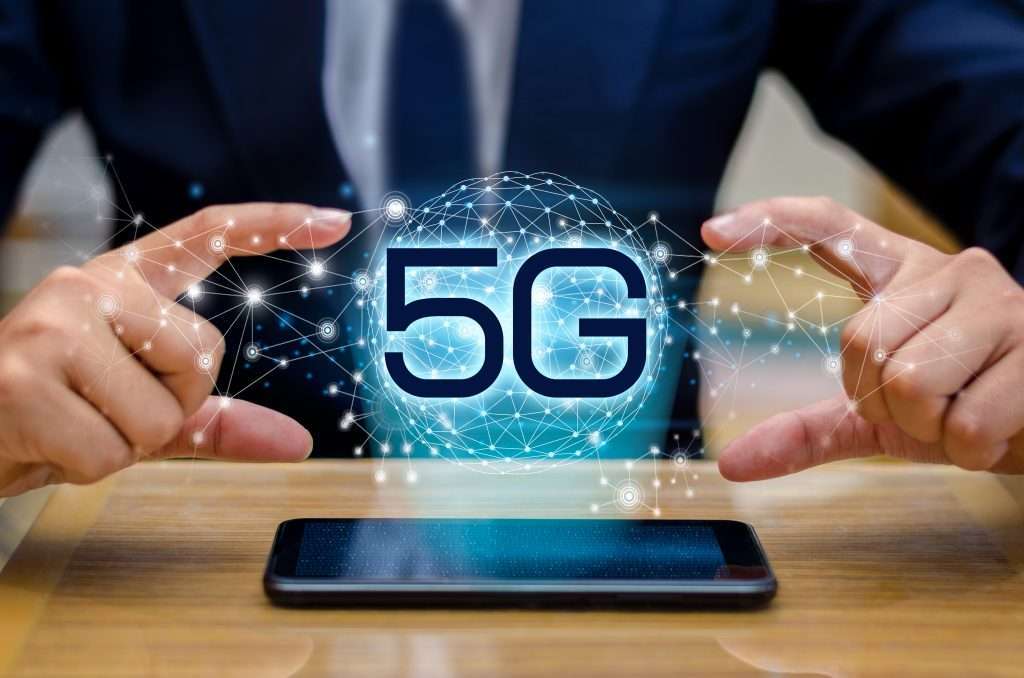The industrial revolution is going through a phase of accelerated digital transformation and is effectively using connectivity and technology to develop efficiencies within the sector. Similar to every other sector, technology and connectivity have enhanced productivity in industries as well. This has enabled innovative and quick business operations, in an environment where external pressures are always mounting.
The increased industrial competition as well as inflicting heavy demands on cost, consumer demands and service efficiency. Due to this, industries are forced to adapt more quickly than ever before, and this adaptation will be quite impossible without the right set of technology and of course connectivity. Therefore, the 5th generation of wireless connectivity, 5G, is becoming a ubiquitous topic and some industries are still not completely aware of its multiple benefits. Prominent industrial sectors are still uncertain about the reason to adapt to new technologies, with many of them facing multiple concerns such as, what value does it add, and which industries are going to get benefitted?
So let’s head into 5G
Why 5G?
Telecom and connectivity experts consider that 5G has the capability to resolve numerous connectivity issues faced in multiple industries. With diverse industries that range from manufacturing, transport to logistics and energy.
To completely understand the transformative possibility of this technology in manufacturing and asset-intensive industries, we have to understand what makes 5G different from the previous generations.
5G’s advantages over previous generations
5G, the latest generation of telecom networks, addresses many difficulties of our connected digital era. Few of which are:
- To cope with the growth of connected devices and traffic bandwidth
- To reduce energy consumption
- To increase security and connectivity performance
Industrial sectors are currently intrigued by 5G because it efficiently enhances agility, latency, security, and power consumption, all this while sustaining more device connectivity.
Some of the other benefits of 5G in industries includes:
Improved mobile broadband speed:
5G can apparently provide network speeds up to a hundred times faster than 4G. This supports new bandwidth-hungry industrial applications, devices and machinery without any compromise on network speed.
Ultra-reliability and low latency:
With 5G, network latency can be decreased by a factor of 10, down to single-digit milliseconds. This implies that it can promote use cases such as self-driving vehicles or high-accuracy wireless robotics.
Massive machine-type communications:
5G can maintain an enormous density of devices at the same time. It also enables continuous interconnection between these devices, making it the ideal platform for IoT services.
5G Industrial Use Cases
The combination of new radio capabilities and advanced architecture will enable 5G to produce an assured quality of service for specific industries. Below are some of the use cases of 5G in industrial efficiency.
Cyber-Physical Systems and Industrial IoT
Cyber Physical-based manufacturing systems (CPMS) which are created to achieve intelligent management are also impacted by 5G. With the implementation of 5G in manufacturing through data modeling, integration and digital twin, enterprises can significantly increase deployment speed.
Network slicing
Network slicing is a significant technology that helps for automation in industrial applications. Network slicing systems are enhanced with 5G technologies, together aiming at developing reconfigurable Industrial Internet environments for smart factories. It helps support dynamic production processes while optimizing incurred costs and enabling a high level of remote monitoring and control. It enhances mainly sensor frameworks in industries and is validated in three different realistic use cases, which clearly point out the advantages of the envisioned solution:
- Remote Industrial Production Monitoring
- Remote Equipment Maintenance
- Dynamic Industrial Manufacturing
Multi-access Edge Computing (MEC)
MEC allows virtualization of services in factory production achieving higher service reliability and smaller cost of industrial equipment. The MEC approach allows efficient resource planning through a dynamic extension or reduction of allocated resources; and this approach can improve the reliability through dynamic management of the allocated computational resources between different cloud services. And of course, the efficient use of computational resources is leveraged through the 5G adoption.
SDN, NFV and Resource Orchestration
Today’s most widely used resource and service managers, e.g Kubernetes manages containers primarily for web applications, providing automatic scheduling, scaling, and self-healing features. Most of these solutions, generally target data centers and are not intended for a large distributed infrastructure. Moreover, they often neglect to apply such scheduling policy that ensures the low latency that novel applications demand. The software modules composing the network service are referred to as Virtual Network Functions (VNFs).
VNF (and NFV) is often mentioned together with Software Defined Networking (SDN), especially when discussing 5G core network resource optimization and slicing. On one side, SDN originated from the telecom operators’ domain with the intent of separating the rigid and interdependent structure of control and forwarding planes in networking equipment.
5G has several excellent capabilities that can be utilized by the manufacturing industry to develop new use cases and eventually help the sector boost productivity. These use cases are sure to improve efficiencies, as well as transform business models more fundamentally for industries under every domain. The most important characteristics that 5G brings to the industry is the ability to collect more data by connecting more devices and increasing bandwidth; ensuring data is collected securely. Thereby decreasing latency to significant levels in wireless technology. Other than contributing to industrial growth in manufacturing, 5G also has a potential socioeconomic impact. The insights from increasing access to information can benefit society more broadly, whether it be to utilize resources more effectively, optimize energy use or improve health and safety.




